Soil Water Conservation Dynamics and Impact
Soil Water Conservation Dynamics and Impact
Source: https://www.mdpi.com
Edited by: Saskia Keesstra, Simone Di Prima, Mirko Castellini and Mario Pirastru
To meet the needs of the increasing world population is one of the major challenges of our time. At the same time, the high demands for food production have major impacts on soil and water resources. Scarcity of water has been universally recognized as a global issue. Moreover, climate change has profound effects on the hydrological cycle, thus, reducing the availability of water resources in many environments. Basic human needs like food and clean water are strictly related to the maintenance of healthy and productive soils.
Only logged in customers who have purchased this product may leave a review.
Related products
Modelling and Management of Irrigation System
Modelling and Management of Irrigation System
Water and Agriculture: Towards Sustainable Solutions
Water and Agriculture: Towards Sustainable Solutions
Water Productivity of Irrigated Agriculture in India Potential areas for improvement
Water Productivity of Irrigated Agriculture in India Potential areas for improvement
The Green Side of the Water Cycle: New Advances in the Study of Plant Water Dynamics
The Green Side of the Water Cycle: New Advances in the Study of Plant Water Dynamics
Soil Water and Agronomic Productivity
supply for supplemental irrigation. Global water use for agriculture,.as a percentage of the total water
use,was 81.4% in 1900, 72.3% in 1950, 68.2% in 1975, and 56.7% in 2000. Global water use for urban
purposes (km 3/year) was 20 in 1900, 60 in 1950, 150 in 1975, and 440 in 2000. Similarly, global water
use (km 3/year) for industrial purposes was 30 in 1900, 190 in 1950, 630 in 1975, and 1900 in 2000
Availability of water for irrigation is also constrained by the diversion to fossil fuel production
and eutrophication/pollution of water resources. One liter of bioethanol production requires 3500L
of fresh water. Thus, there is a strong and prime need for conserving, recycling, and improving soil-
water resources to meet the food demands of the growing world population.
Soil Water and Agronomic Productivity
supply for supplemental irrigation. Global water use for agriculture,.as a percentage of the total water
use,was 81.4% in 1900, 72.3% in 1950, 68.2% in 1975, and 56.7% in 2000. Global water use for urban
purposes (km 3/year) was 20 in 1900, 60 in 1950, 150 in 1975, and 440 in 2000. Similarly, global water
use (km 3/year) for industrial purposes was 30 in 1900, 190 in 1950, 630 in 1975, and 1900 in 2000
Availability of water for irrigation is also constrained by the diversion to fossil fuel production
and eutrophication/pollution of water resources. One liter of bioethanol production requires 3500L
of fresh water. Thus, there is a strong and prime need for conserving, recycling, and improving soil-
water resources to meet the food demands of the growing world population.



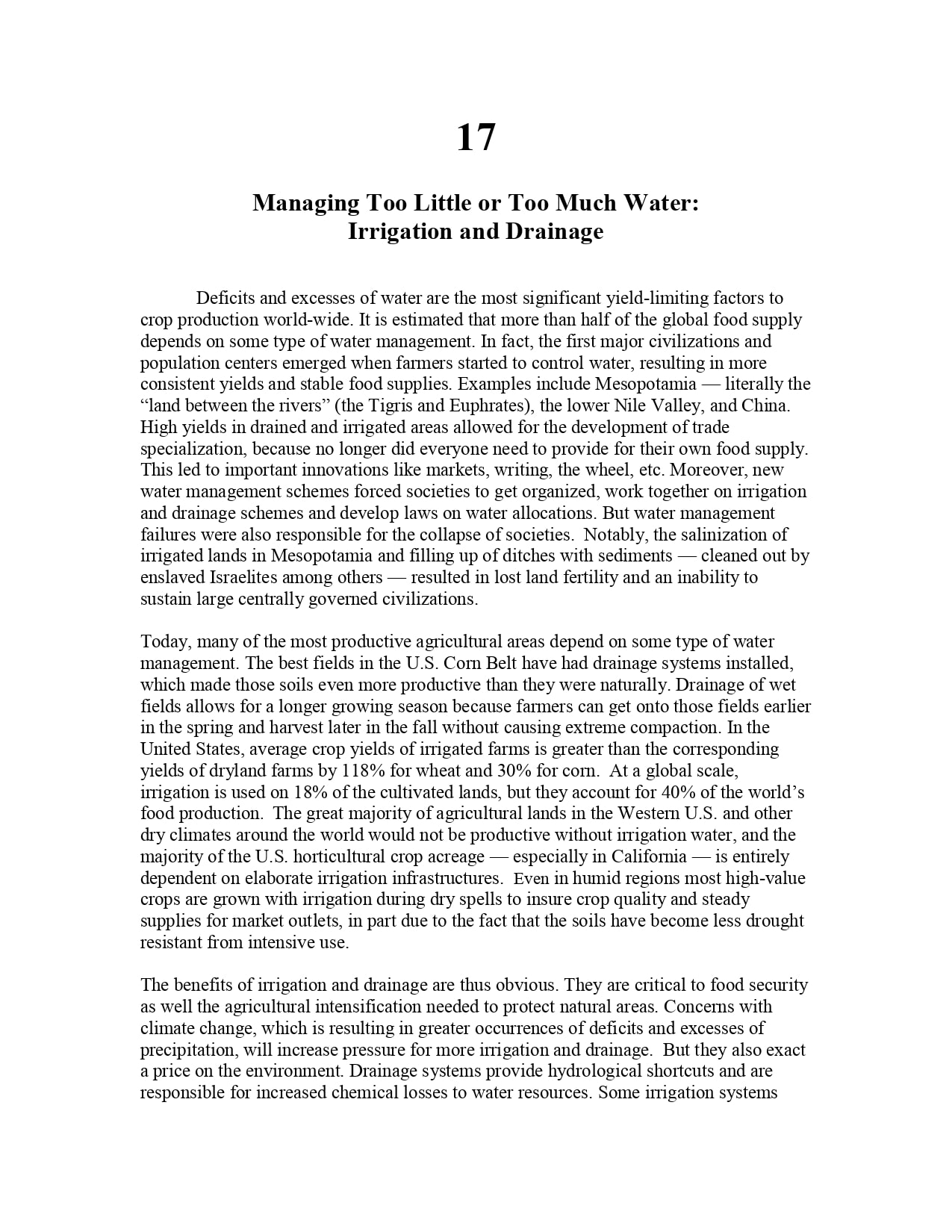



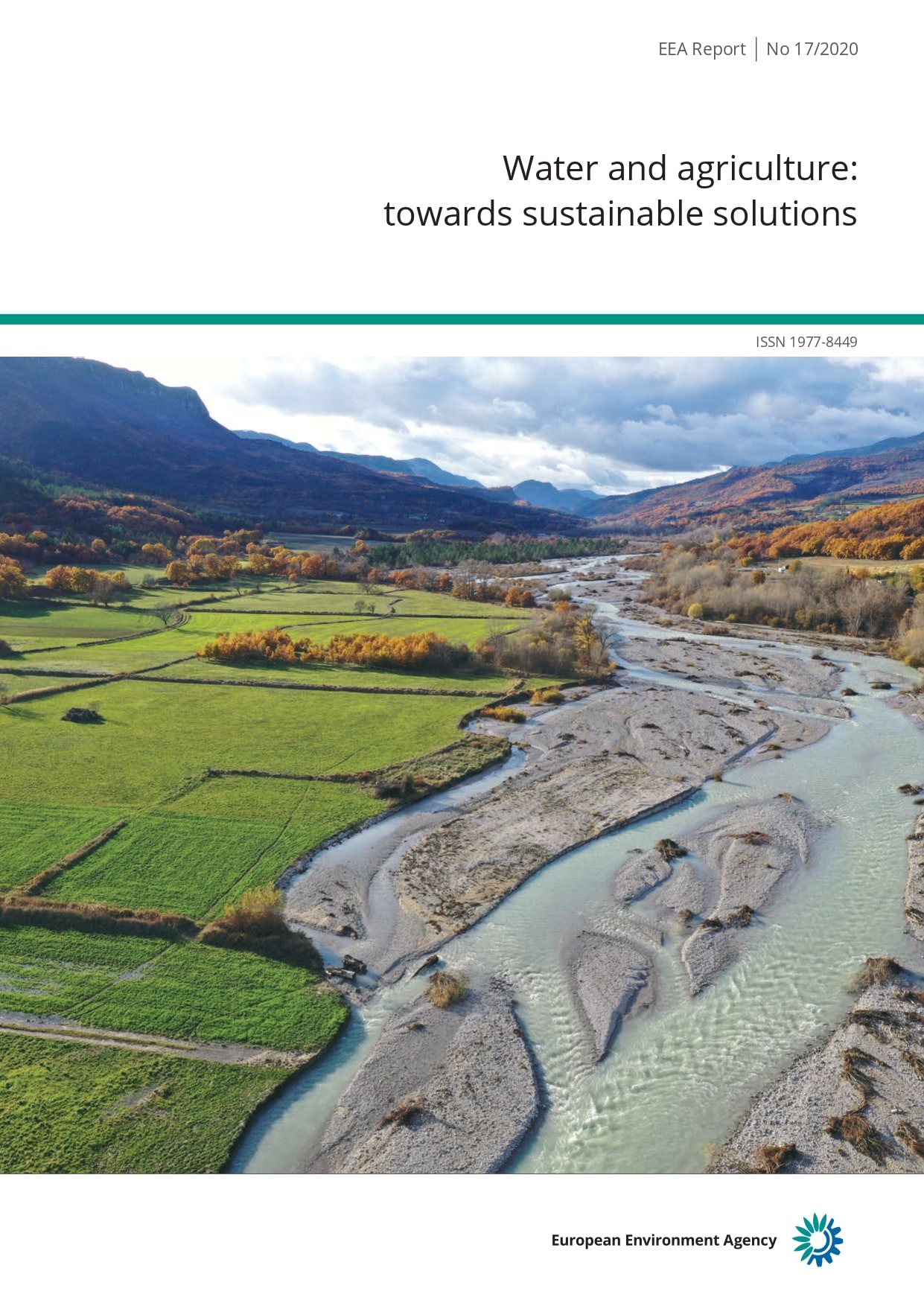


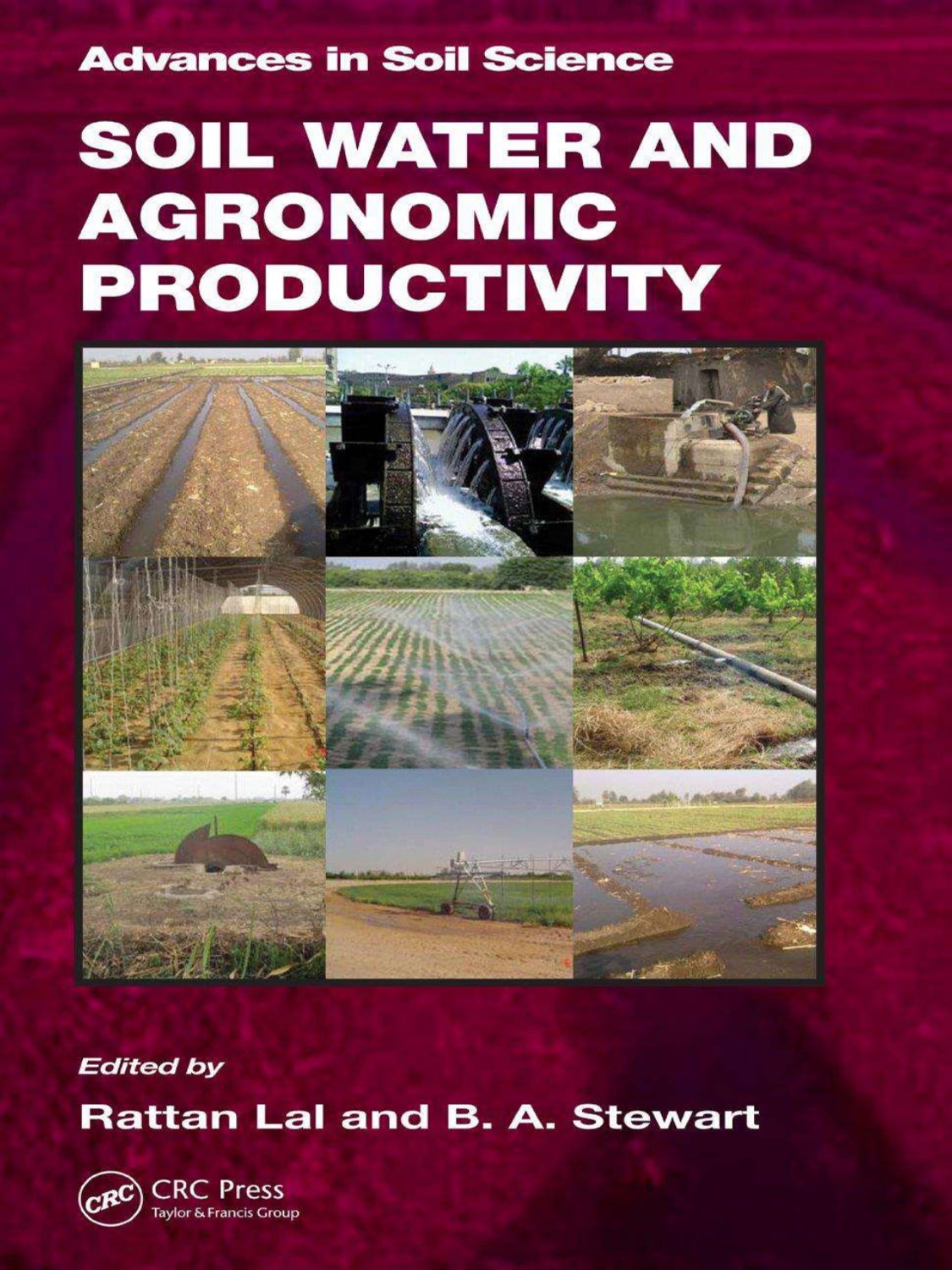


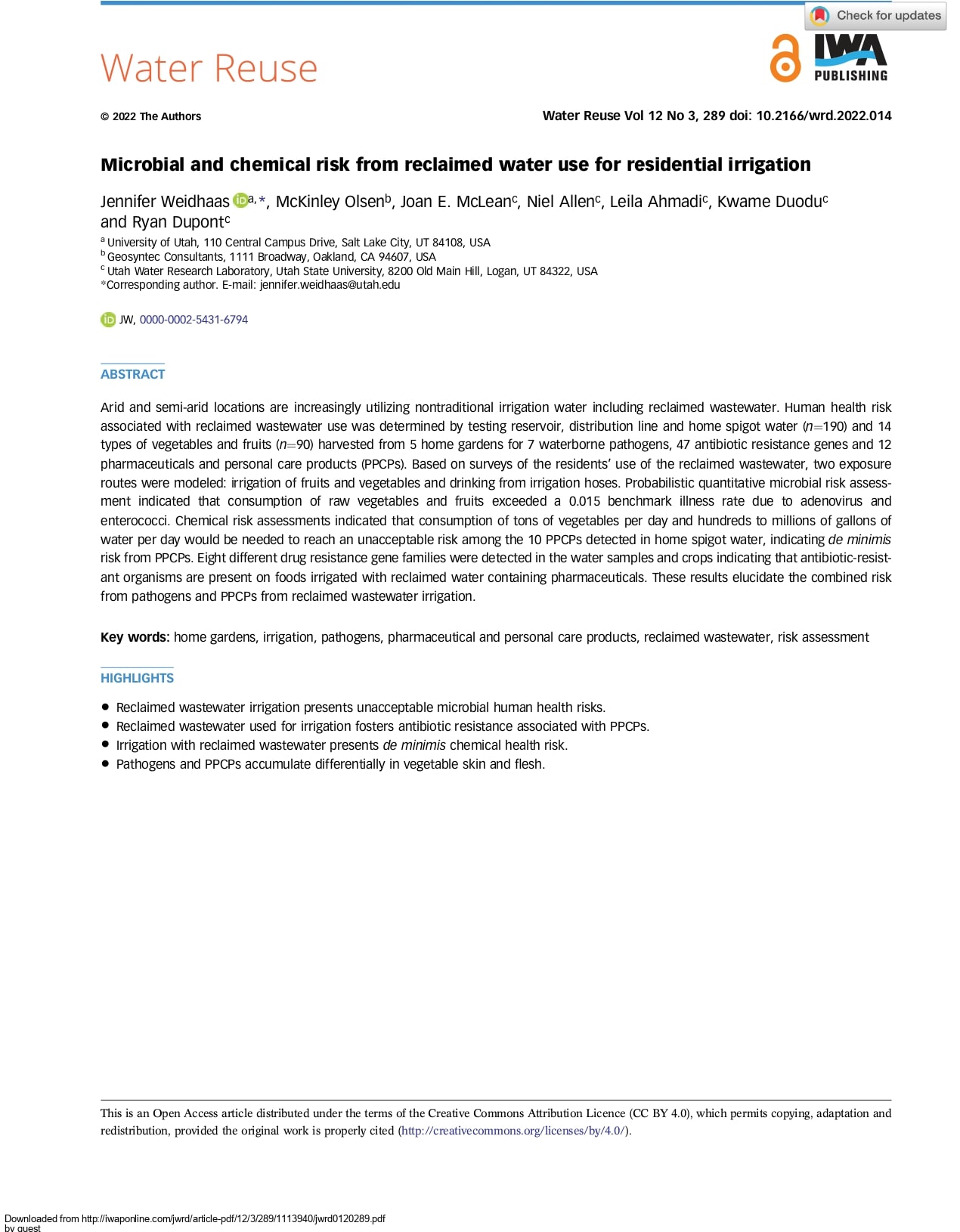
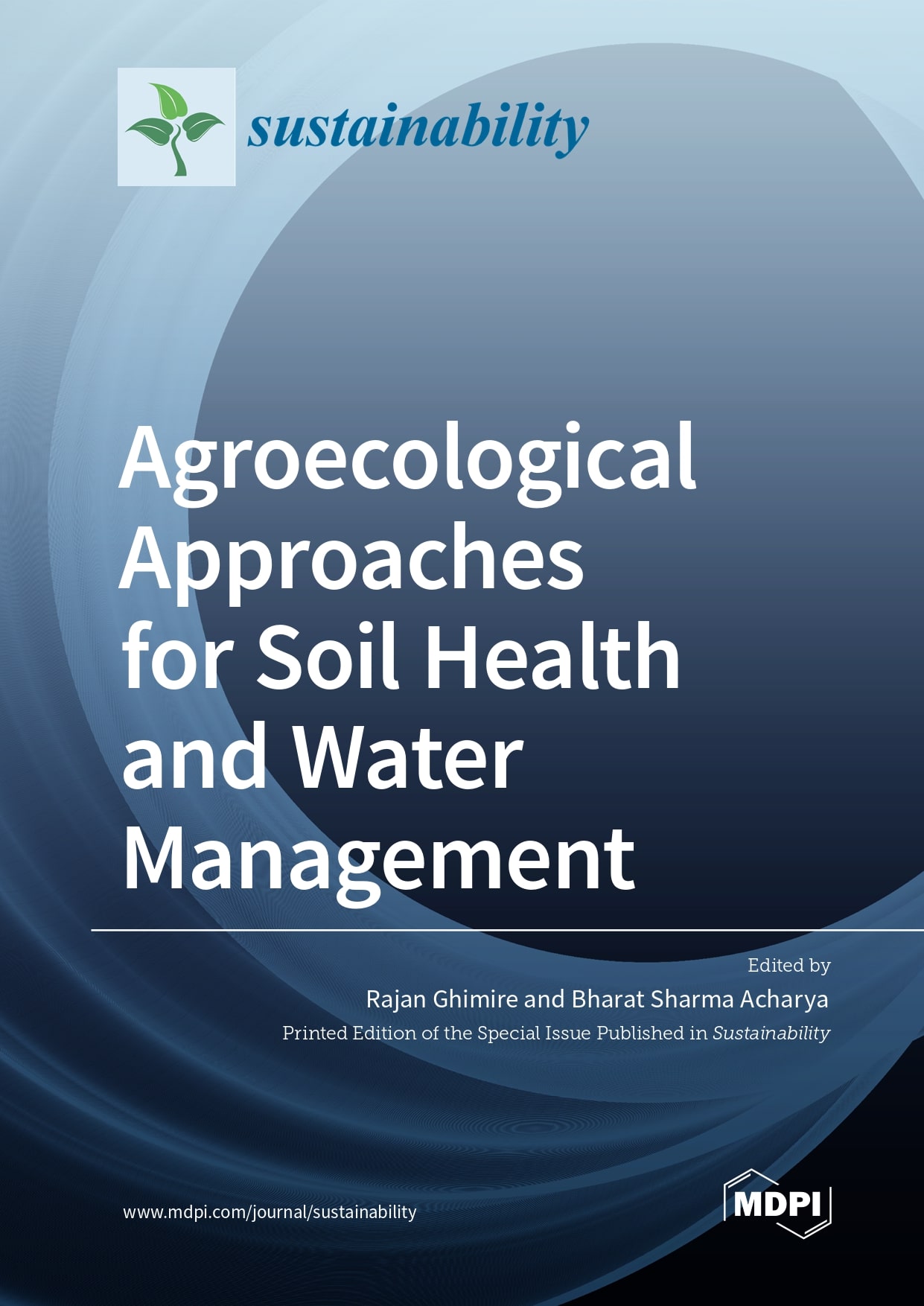
Reviews
There are no reviews yet.